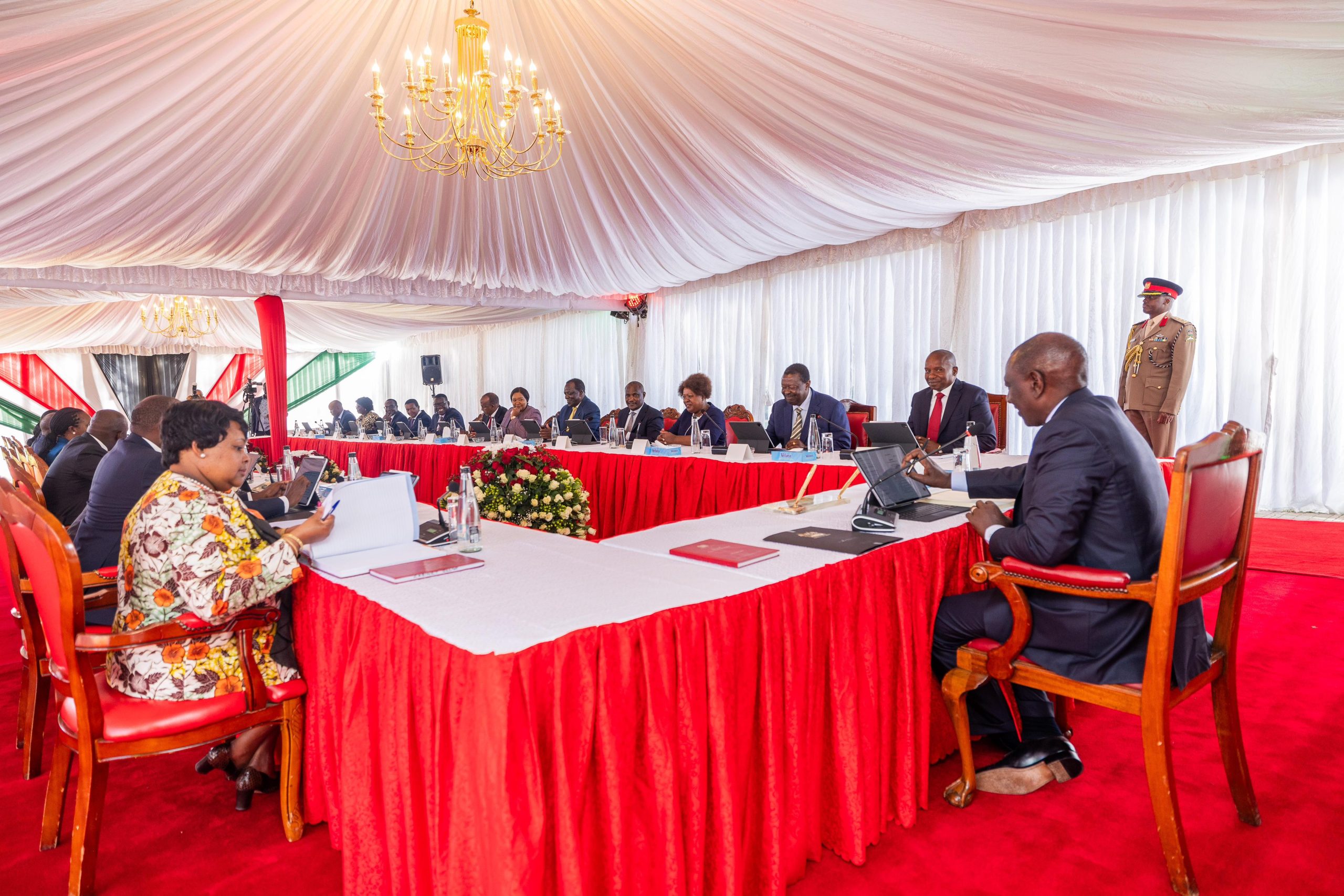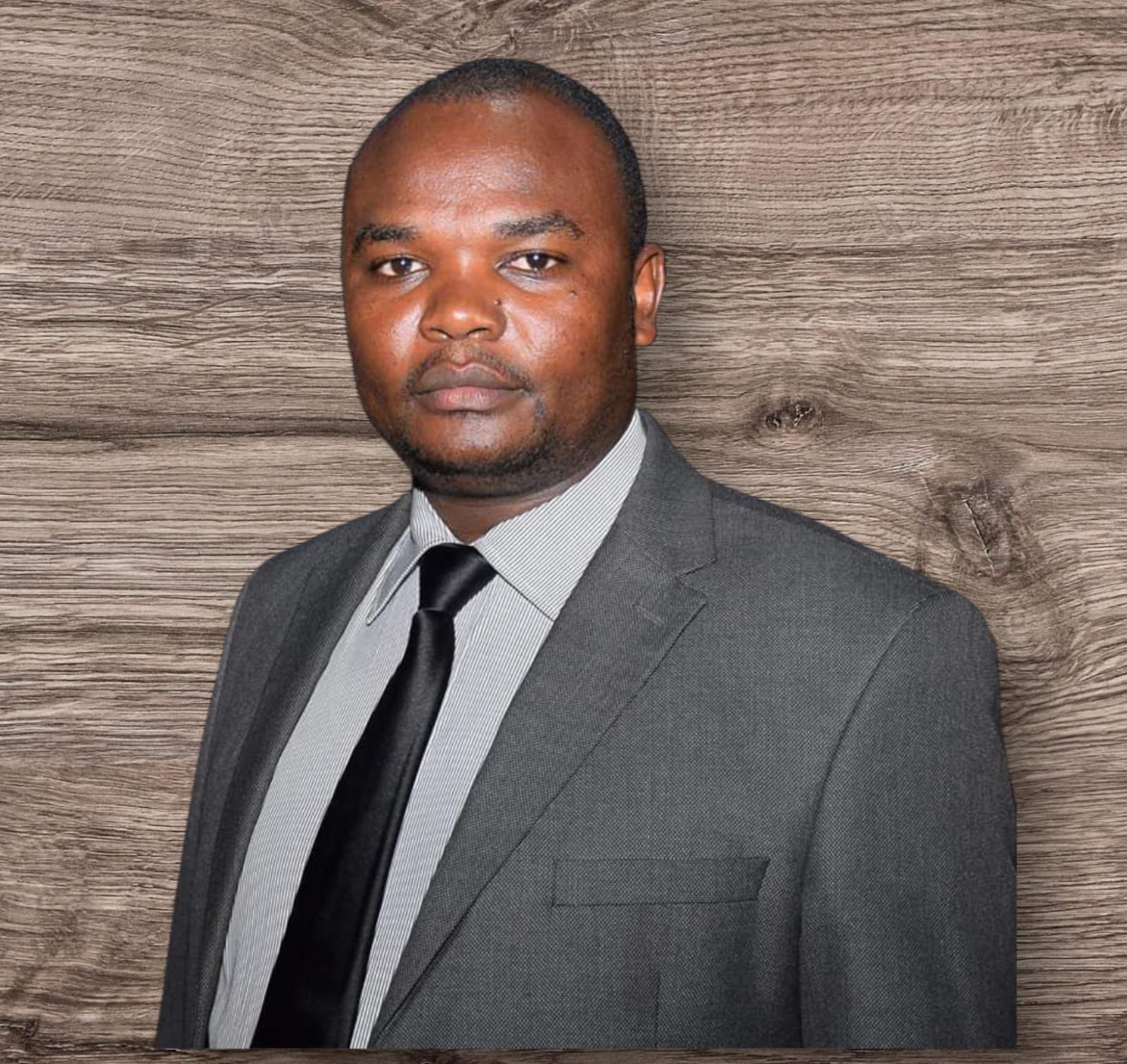In a landmark move aimed at transforming higher education and scientific innovation, the Cabinet approved the Higher Education, Science, and Technology Phase II Project on June 24, 2025, signalling a renewed commitment to building Kenya’s global competitiveness in STEM (Science, Technology, Engineering, and Mathematics) disciplines.
The ambitious initiative is designed to address long-standing challenges in Kenya’s university system, including inadequate teaching infrastructure, a shortage of skilled lecturers, and low uptake of research into commercial applications.
According to the Cabinet communique, the programme will upgrade STEM facilities in public universities and establish a National Physical Sciences and Research Laboratory, a Science and Technology Park, and a Centre of Excellence in Maritime Engineering.
In a significant shift, the project will also introduce Competency-Based Education and Training (CBET) at the university level—marking a strategic realignment between academic instruction and industry needs.
READ ALSO:
Government launches school-based ID registration for students in Kericho
The project also includes funding for postgraduate training of STEM lecturers and new collaborations with global universities and industries to enrich research output and improve curriculum relevance.
Notably, the government is also targeting youth employability by supporting short-term technical courses and intensifying efforts to increase women’s participation in STEM fields.
The move follows Kenya’s poor performance in the 2023 Global Innovation Index, where the country ranked low in knowledge and technology outputs. By aggressively aligning its education system with industry demands, the government aims to enhance both local innovation and its global standing.
By Joseph Mambili
You can also follow our social media pages on Twitter: Education News KE and Facebook: Education News Newspaper for timely updates.
>>> Click here to stay up-to-date with trending regional stories
>>> Click here to read more informed opinions on the country’s education landscape






